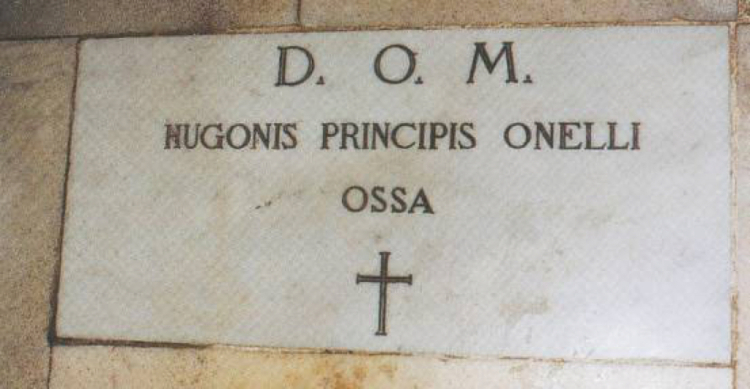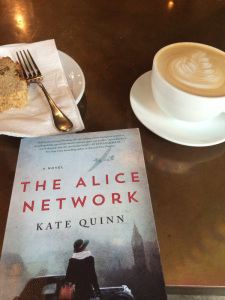Born in 1550, Hugh O’Neill (Aodh Mór Ó Neill) was the second son of Mathew Ceallaigh the illegitimate son of Conn Bacach O’Neill who had submitted to Henry VIII in 1542 and was regranted his lands with the English title 1st Earl of Tyrone.
Mathew Ceallaigh had been murdered by his half-brother Shane the Proud O’Neill who also drove the elderly Conn out of Tyrone and into the Pale in 1559 where he died not long after. Mathew had two sons, Brian, recognised by the crown as the next earl, and his younger brother Hugh.
Shane the Proud had by now, in the tradition of his Gaelic ancestors, resumed the Celtic title The Ó Neill and is suspected of having Brian O’Neill murdered close to Newry whilst he was en route to London to assume the title of Earl. The English, fearing also for the life of the young Hugh removed him to the safety of London.
Hugh was reared from the age of nine as an English noble in London until 1567, when he was returned to Ireland and placed in the safekeeping of the Lord Deputy of Ireland Sir Henry Sidney.
In 1568 Hugh was declared Baron of Dungannon and then in 1585 he was also declared 2nd Earl of Tyrone by Elizabeth I. He was to all intents and purposes a loyal and trusted servant of the Crown.
He aided the English during 1580 in the suppression of the second Desmond rebellion and supported Sir John Perrot in his campaign against the Antrim MacDonnells in 1584. For this he was rewarded by Elizabeth I when in 1587 he was granted a patent to his grandfather’s Tyrone properties which were now controlled by his cousin Turlough Luineach who styled himself The Ó Neill.
In 1593 Turlough stood down as the chief of the clan thereby allowing Hugh to be invested with the title The Ó Neill. The ceremony was performed in the traditional way and on the sacred stone at Tullaghogue in 1595 witnessed by all the major Ulster clans.
For some years prior to his inauguration, Ó Neill had played a cat and mouse game with the English.
In 1591 he had eloped with 20 year old Mabel Bagenal the sister of Sir Henry the Marshall of the queen’s army. He helped arrange the escape from prison of Red Hugh O’Donnell along with Art and Henry MacShane O’Neill. Unfortunately Art froze to death during the escape in the winter of 1591 and the others were led to safety by Feagh MacHugh O’Byrne.
Ó Neill had at first aided the English in their 1593 campaign against the Maguires of Fermanagh. The English were led by Hugh’s resentful brother-in-law Bagenal. Hugh Maguire was Ó Neill’s son-in-law and when Ó Neill suddenly withdrew his support Bagel was left dangerously exposed.
By 1595 O’Neill was to commit his first act of resistance to the English when he overran the fort at Blackwater and destroyed the bridge. This is the first event in what is known as the nine year war. From this time O’Neill perfected a system of conscription that included the richest noble to the poorest peasant. This new force was known as bonnachts and he had them trained in modern warfare.
Even his gallowglasses laid down their great axes in favour of the arquebus. Ó Neill then defeated English armies led by Bagenal at Clontibret in 1595 and at the Battle of The Yellow Ford in 1598 where Bagenal was killed.
Queen Elizabeth sent over the biggest English army to enter Ireland. Though it numbered 17,000 men led by Robert Devereux the Earl of Essex, it was to prove ineffectual and in 1599 Essex made a treaty with O’ Neill which was not to Elizabeth’s liking and she replaced Devereux with Lord Mountjoy.
In 1601 Mountjoy was able to capture the Spanish army sent to help O’Neill at the town of Kinsale. After the Battle of Kinsale it was a turning point for O’Neill. English forces were spoiling the lands in Ulster and causing starvation there.
Hugh O’Donnell had left for Spain to try for more help but died there suddenly. Recognising that his cause had failed O’Neill sought a pardon and in 1603 Elizabeth ordered Mountjoy to open negotiations with all the chiefs involved in the rebellion. She died in the interim but Mountjoy concealed this from O’Neill.
Accompanied by Rory O Donnell, brother of Red Hugh, O’Neill presented himself to the new King James I. The Irish were received graciously and O’Neill was confirmed in his title and estates.
However, back in Ireland the government continued to challenge O’Neill’s authority, particularly over his feudal rights the principle dispute being over the O’Cathains. In 1607 he decided to take this to the King but was warned secretly that he was to be arrested.
Instead of going to London, O’Neill and O’Donnell, along with their families and followers numbering around 99 people took ships from Rathmullan in Donegal and were driven by strong winds into the Seine. This event would become known as the Flight of the Earls.
The Earls and their families made their way over land to Rome where they were welcomed in 1606 by the pope. King James saw this flight as treasonous and O’Neill was declared an outlaw in 1613 by the Irish parliament.
The parliament of Ireland outlawed O’Neill in 1613 and he later died in Rome on 20 July 1616 leaving behind a large number of legitimate and illegitimate children. He had been married four times.
Photo: A tablet set in the floor of the church of San Pietro, Montorio, marks the burial place of the bones of Hugh O Neill, Earl of Tyrone.
To God the best and the greatest
Hugh Prince O’Neill
Bones






